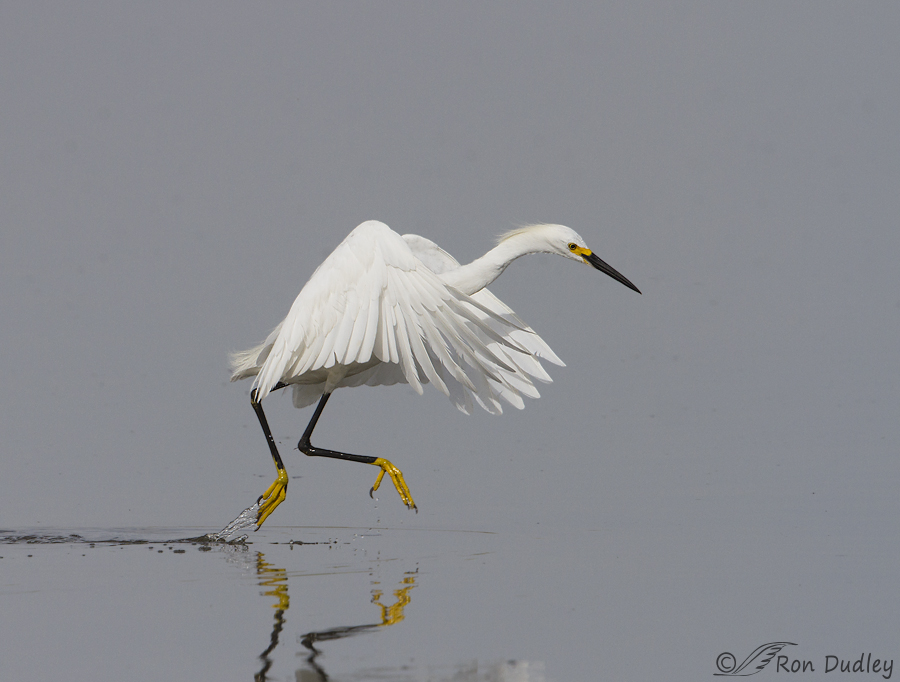Tag: adaptation
Another Encounter With The Antelope Island Prairie Falcon
Two days ago we located the Prairie Falcon on the causeway once again. This bird spends most of its time on the island itself but occasionally ventures onto the causeway to hunt ducks. I’m quite sure, as are others who are more falcon knowledgeable than I, that it’s the same individual in all of my recent Prairie Falcon posts. Usually I complain about not being able to get close enough to my subjects but here I had the opposite problem. The only way I could even see this bird was from very close. From any further away the falcon was completely obstructed by the road edge and the vegetation growing there. The first two images are essentially full frame (very little crop) and that’s without my tc attached, so the falcon is too tight in the frame but this post is more about falcon adaptations than it is about aesthetics anyway. 1/1600, f/9, ISO 500, 500 f/4, natural light, not baited, set up or called in This bird was a mess! It had apparently just finished dining on duck so it was wet, blood encrusted and disheveled, with tidbits still clinging to feet and beak. The bird is meticulously cleaning and scratching its beak with those impressive talons, which seems to me to be about like picking one’s teeth with a Bowie knife. 1/1600, f/9, ISO 500, 500 f/4, natural light, not baited, set up or called in But what I found particularly interesting about many of the images I took of this bird was the good look at the well-defined and bulging crop. …
Red-winged Blackbird With a Crossed Bill
This morning while out photographing birds at a local wildlife refuge I came across this Red-winged Blackbird with a strongly crossed bill, which of course is not typical of the species. I’ve seen a few mildly crossed bills in this and other species in the past but never one quite this pronounced in a species where it isn’t “normal”. Red-winged Blackbird with a crossed bill, perched on curley dock There are species of birds in North America that have crossed bills as a species trait – the Red Crossbill and the White-winged Crossbill. Their crossed bills are an adaptation for extracting seeds from cones. Seeing this RWBB with a crossed bill naturally got me thinking about evolution. Variations occur throughout nature since each individual inherits a different combination of genes from its parents. This particular variation would likely be selected against in RWBB’s and would not persist since they do not typically pry seeds from cones. However, one can see how this same variation in the ancestors of todays crossbills would be the genetic fuel for the crossed bill trait they all exhibit today. Ron
Another Encounter With The Antelope Island Prairie Falcon
Two days ago we located the Prairie Falcon on the causeway once again. This bird spends most of its time on the island itself but occasionally ventures onto the causeway to hunt ducks. I’m quite sure, as are others who are more falcon knowledgeable than I, that it’s the same individual in all of my recent Prairie Falcon posts. Usually I complain about not being able to get close enough to my subjects but here I had the opposite problem. The only way I could even see this bird was from very close. From any further away the falcon was completely obstructed by the road edge and the vegetation growing there. The first two images are essentially full frame (very little crop) and that’s without my tc attached, so the falcon is too tight in the frame but this post is more about falcon adaptations than it is about aesthetics anyway. 1/1600, f/9, ISO 500, 500 f/4, natural light, not baited, set up or called in This bird was a mess! It had apparently just finished dining on duck so it was wet, blood encrusted and disheveled, with tidbits still clinging to feet and beak. The bird is meticulously cleaning and scratching its beak with those impressive talons, which seems to me to be about like picking one’s teeth with a Bowie knife. 1/1600, f/9, ISO 500, 500 f/4, natural light, not baited, set up or called in But what I found particularly interesting about many of the images I took of this bird was the good look at the well-defined and bulging crop. …
Red-winged Blackbird With a Crossed Bill
This morning while out photographing birds at a local wildlife refuge I came across this Red-winged Blackbird with a strongly crossed bill, which of course is not typical of the species. I’ve seen a few mildly crossed bills in this and other species in the past but never one quite this pronounced in a species where it isn’t “normal”. Red-winged Blackbird with a crossed bill, perched on curley dock There are species of birds in North America that have crossed bills as a species trait – the Red Crossbill and the White-winged Crossbill. Their crossed bills are an adaptation for extracting seeds from cones. Seeing this RWBB with a crossed bill naturally got me thinking about evolution. Variations occur throughout nature since each individual inherits a different combination of genes from its parents. This particular variation would likely be selected against in RWBB’s and would not persist since they do not typically pry seeds from cones. However, one can see how this same variation in the ancestors of todays crossbills would be the genetic fuel for the crossed bill trait they all exhibit today. Ron


